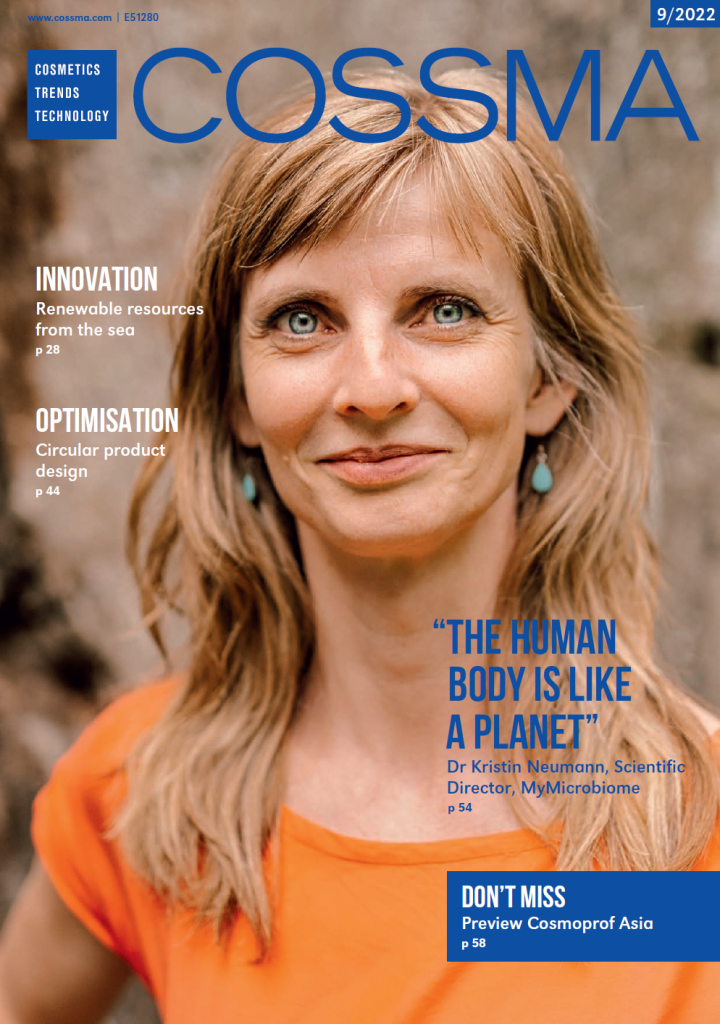The concept of circular product design, popularized by Walter Stahel in the 1970s with the term ‘Cradle to Cradle,’ is gaining significant traction in today’s business landscape. With the rise of B-Corps and the Ellen Macarthur Foundation, there is a growing movement towards fostering a circular economy. Brands are realizing that environmental claims cannot simply be slapped onto a product after its development, as this can lead to negative attention. Instead, circular design must be at the core of product innovation, with a comprehensive Life Cycle Analysis (LCA) to evaluate sustainability.
The cosmetic industry, in particular, is well-positioned to embrace circular design practices. A study conducted by the Personal Care Products Council revealed that 68% of consumers consider sustainability an important factor in their purchasing decisions. Packaging plays a significant role in the industry’s environmental impact, with over 120 billion units produced annually worldwide, most of which are not recycled. To address this issue, brands can adopt various design methodologies to reduce packaging waste.
One effective strategy is eliminating excessive packaging by embracing bar formats for products such as shampoos, conditioners, and skincare items. This eliminates the need for individual plastic packaging, and brands often offer reusable tins or encourage consumers to repurpose existing packaging within their homes. Additionally, emerging alternatives to traditional plastic packaging, such as polylactic acid, offer lower carbon footprints and biodegradability. However, limited access to recycling facilities remains a challenge for wider adoption.
Refill strategies represent another impactful approach. Refillable options can comply with cosmetic regulations, ensuring sanitary packaging and preventing microbial contamination. Refill options include in-store refills, off-site container collection for washing and refilling, or at-home refills. Innovative packaging solutions, such as refill pouches or pods, enable the reuse of premium glass jars without contamination concerns. However, brands must carefully consider the materials used, as non-recyclable pouches have been perceived negatively.
In addition to packaging considerations, formulation strategies can contribute to circular product design. Simpler formulations reduce complexity in the supply chain and packaging requirements, resulting in reduced environmental impact. Purchasing pre-blended products and seeking multifunctional ingredients can further streamline formulations and reduce ingredient counts. Low energy processing methods, such as cold mix processing, and the use of innovative emulsification systems can also lower energy consumption during manufacturing.
When selecting ingredients, brands should prioritize sustainability and consider alternatives to resource-intensive materials. Utilizing waste products from the food industry, such as grapeseed oil, or synthesizing molecules found in nature at scale with minimal contaminants, opens up new possibilities for sustainable raw materials. Rediscovering the benefits of silica and oxygen-based silicones, such as Dimethicone, allows for multifunctional ingredients that offer various sensory and protective benefits while being safe and vegan.
By embracing circular product design principles, brands can achieve significant environmental benefits, cater to consumer preferences for sustainable options, and reduce waste. Creating multifunctional products, simplifying formulations, selecting sustainable ingredients, and adopting innovative packaging strategies are essential steps towards a more circular and sustainable future for the cosmetic industry.
Read the full article below, from Ella Ceraulo:
